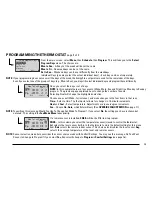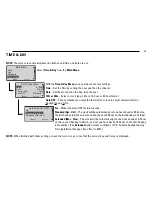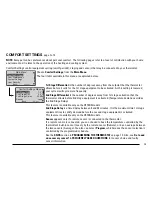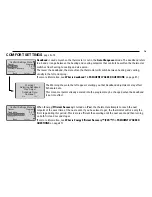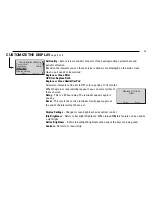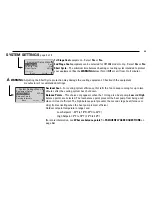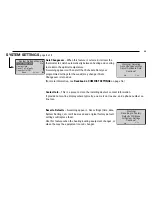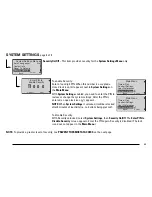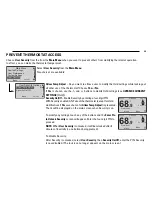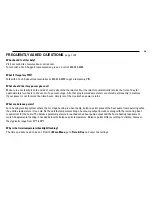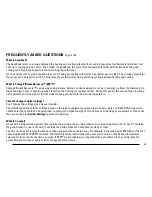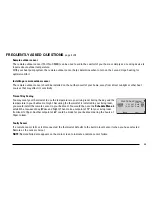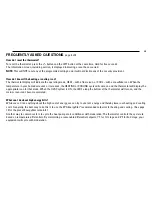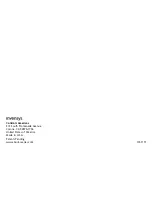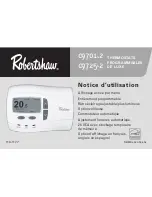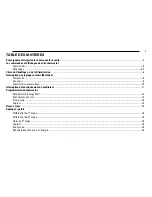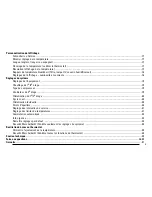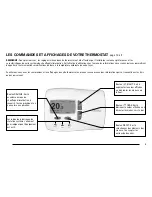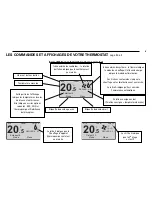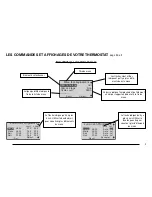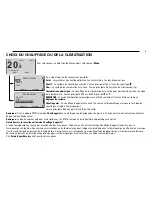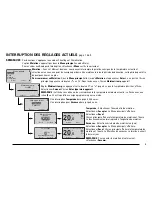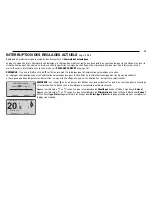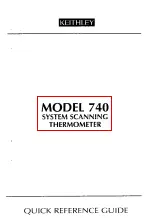
FREQUENTLY ASKED QUESTIONS
page 2 of 5
What is deadband?
The deadband refers to a range between the heating and cooling setpoints that controls how often the thermostat switches from
heating to cooling and vice versa. The smaller the deadband, the more often the thermostat will switch between heating and
cooling, which typically happens in the fall and spring of the year.
As an example, let’s say the deadband is set to 3°F and your heating setpoint for a particular event is 68°F. The cooling setpoint for
that event can’t be lower than 72°F. This prevents your thermostat from constantly cycling between heating and cooling.
What is Energy Efficient Recovery™ (EER™)?
Energy Efficient Recovery™ is an energy saving feature. During a set back period (or set up in cooling), it allows the thermostat to
look ahead two hours to determine when to turn on the heating (or cooling) system. During this period, the second stage is locked
out to allow the first (and most efficient stage) to bring your home to the desired temperature.
Should I change installer settings?
Don’t change the settings made by your installer.
The installer determines these settings based on the type of equipment you have in your home. Only a certified HVAC technician
should enter these settings. Changing them could result in higher energy costs and may even damage your equipment. Please use
the security lock for
System Settings
to prevent tampering.
What is an event?
An event is a programming period. This could be the period in the morning when you are preparing for work or school. It could be
the period when no one is at home. It could be the period when the household is asleep at night.
The time for an event is selected based on when you want the event to occur. For example, if you wake up at 6:30 AM, set the first
event for 6:30 AM. With EER™ activated, the thermostat will automatically make sure your home is at the desired temperature
selected for that event by the time you wake. If EER™ is not activated, you should set the event times 1/2 hour earlier than the
actual time you want your home to be at the desired temperature.
27

